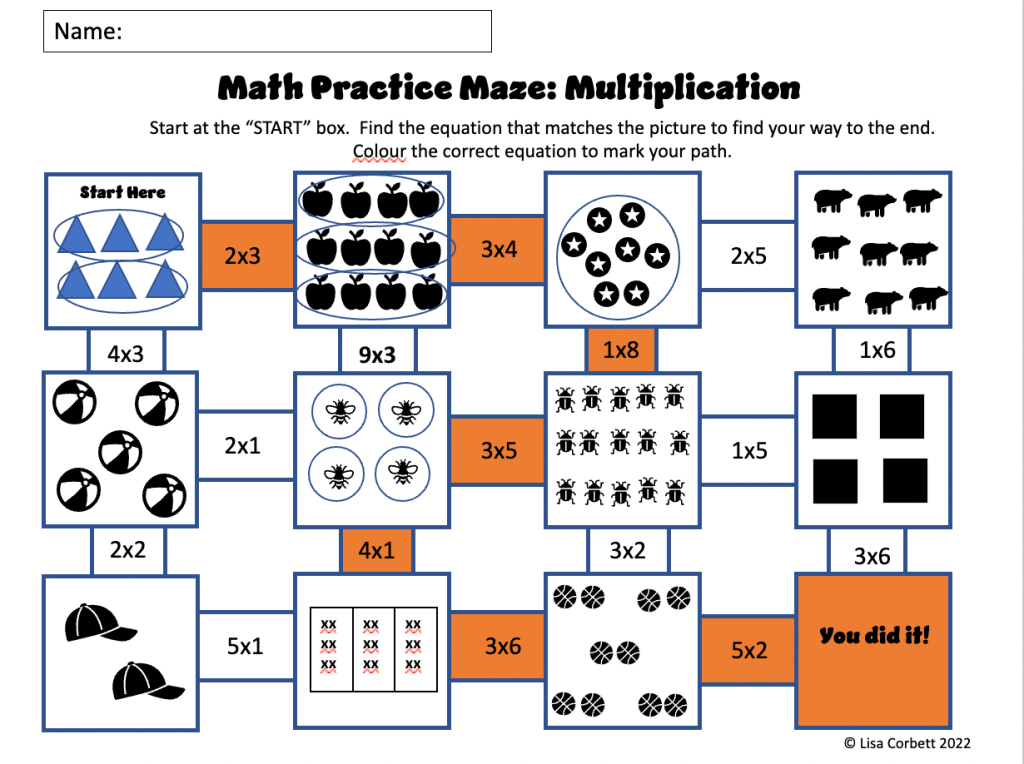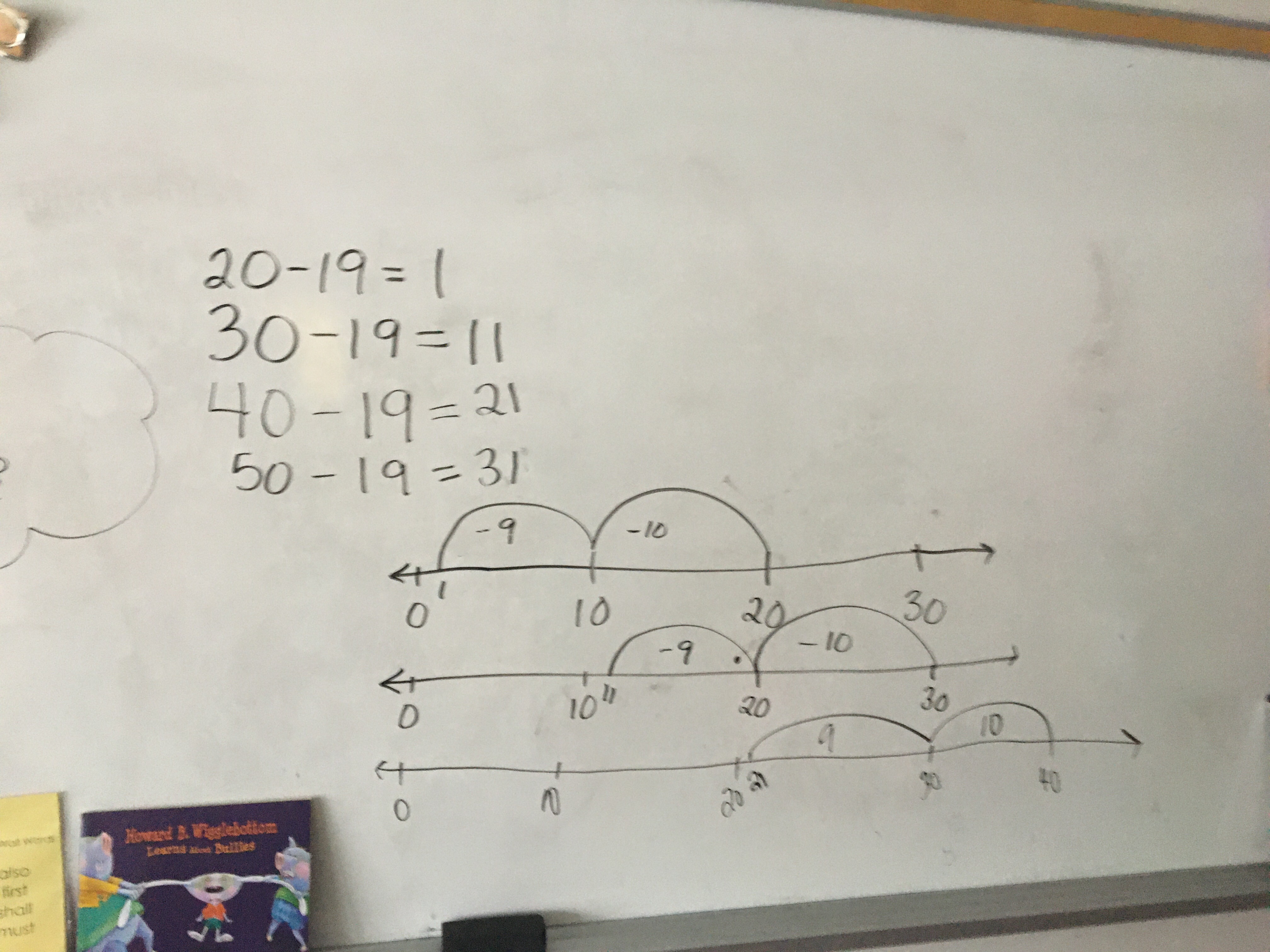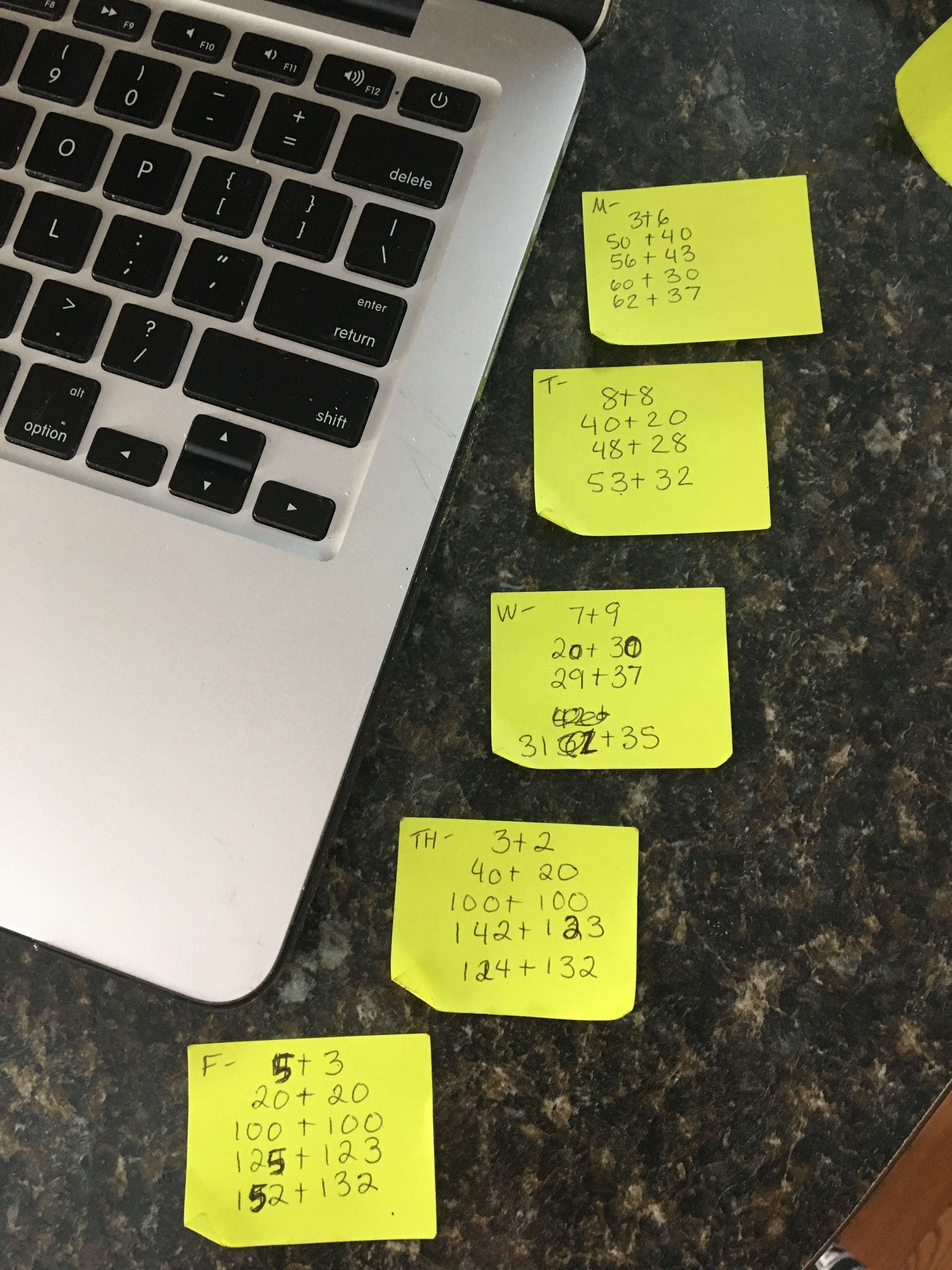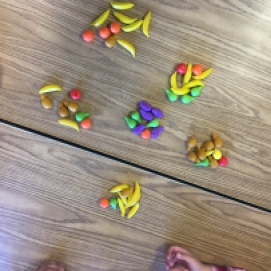I think last time I posted I said I’d be posting more often, so I feel like I need to point out that once a month is “more often” than once a year. So if you were expecting to come here every week I’m a little bit sorry to have disappointed you.
One of the reasons I wanted to learn how to make math resources for myself is because I never quite like the things that are available to me on the Internet. I mean, they’re okay I guess, but I usually end up feeling like they could have been more interesting. One of the first things I learned how to make are these “cut and paste” activities. They don’t take too long and I can customize them pretty quickly now that I have a template made. In addition, I like that it gives my class some practice cutting. The thing I had not anticipated, but love, is that they have learned how important it is to organize their answers before they start to glue them down. The first time we did one of these they were gluing too soon and regretting their choices. Now, however, they place the strips where they are pretty sure they belong, then double check everything before gluing them down. I love listening to the conversations they have when two people who sit beside each other aren’t sure if they have something right.
The next thing I learned how to make are these fun mazes. I have plastic covers that the papers slip into. I printed five of each maze style, then we passed them around all week for morning work. You’ll see some commonalities, so nobody was exactly sure which maze they were getting. They couldn’t fake their way through it! They had a great time doing them. They love using the dry erase markers to colour so this seemed fun to them. I have set these aside so that we can do them again in a few weeks for a review. Here is a picture of what it looks like when one is complete:
Speaking of reviews, the last thing I am posting today is a scavenger hunt. I think I mentioned in the money post that we LOVE LOVE LOVE scavenger hunts. I made this one as a review of all the things we have learned so far. It’s much more fun that doing worksheets for sure. Every child gets a recording sheet, copied front to back, and they wander around the room with clip boards looking for the equations they need to solve. I’ll definitely be making more of these reviews because it was so much fun. I was able to sit by one or two questions and observe every child as they came to that question. I have great notes! Most of them worked in self-selected pairs and they had great conversations about their strategies. I was initially thinking that 40 questions would be a lot and that we’d spend multiple days on this. I was prepared to shut it down if it was too much. However, they loved it. When I could see that some of them were more than 75% finished and others were less than 50%, I started observing them more closely. There were some students who were struggling with things we had left behind while working on multiplication. They had it while we were focused on it, but lost it when we moved on. That let me know that addition and subtraction need to be on constant repeat in our Number Talks, or in our morning work. This has definitely helped them.
We are moving on to division when we return after the holiday break, so I am already working on making my division worksheets, then it’s on to fractions.
















You must be logged in to post a comment.